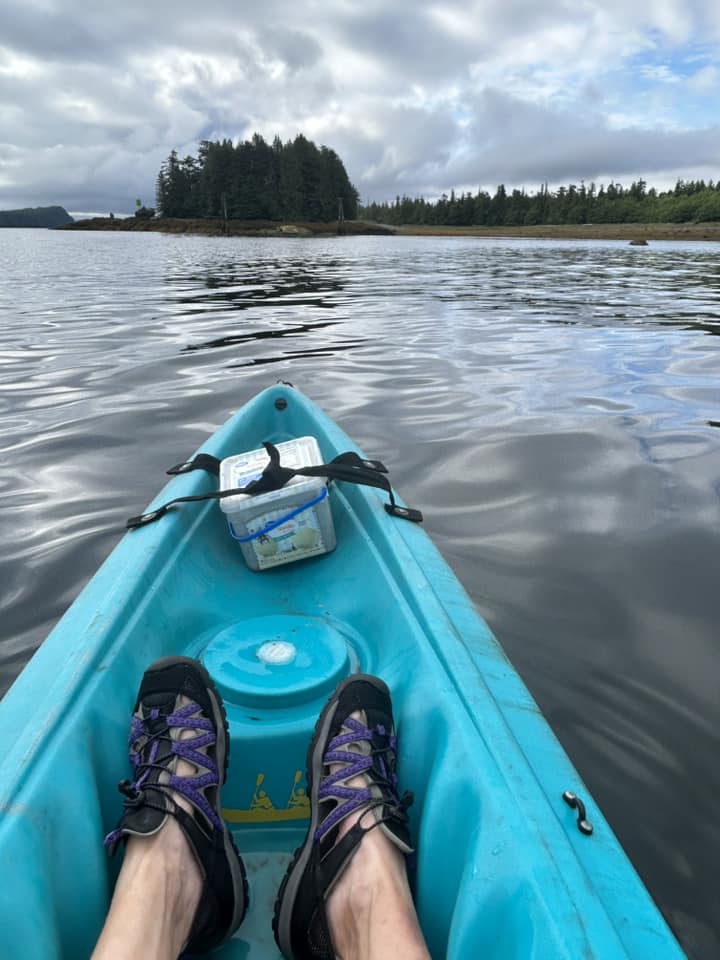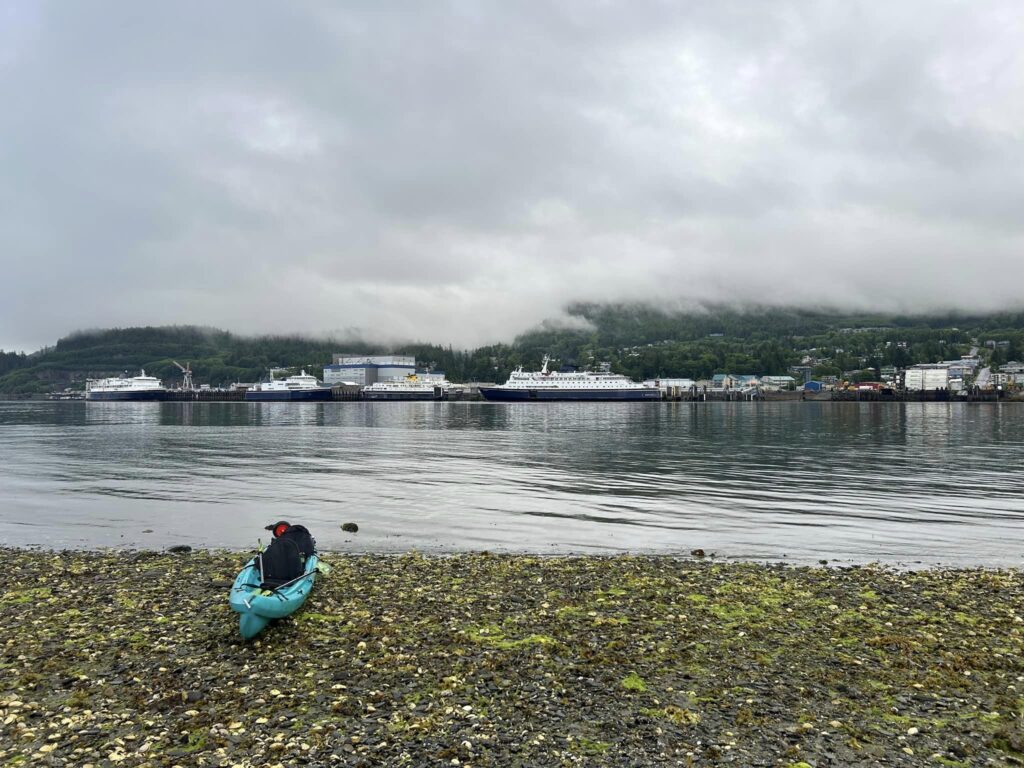By Ginny Clay, Director of Operations, TSS
In recent years paddle sports like kayaking, canoeing and paddle boarding have been growing in popularity. They are a relatively affordable and portable way for people to get out on the water and close to nature, while also getting some exercise.
But as we approach, National Safe Boating Week (May 18-24), it is important to remember that because of their compact size and the fact that many paddle crafts are intended for only one or two people, paddlers are also especially vulnerable to the elements.
I have a kayak and I love going out on the water with it, but I also follow these basic safety precautions to avoid my hobby becoming a hazard.
- Consider reviewing the “A PADDLER’S GUIDE TO SAFETY” course. Developed by the U.S. Coast Guard Auxiliary in cooperation with the American Canoe Association, the course provides understanding of equipment, legal requirements, what to do in emergencies, and more.
- At the beginning of the season, I recommend scheduling a free Vessel Safety Check (VSC) through the U.S. Coast Guard Auxiliary. These inspections address legal requirements for your craft and safety equipment as well as recommended safe practices. If your craft meets minimum requirements, a VSC Decal is issued indicating that you are in full compliance with federal and state boating laws. Most importantly, this is a good opportunity to discuss your questions about paddle craft safety.
- Before going out in your paddle craft, file a float plan. A float plan includes where you will be paddling, where you launched from, a description of your paddle craft, a description of what you will be wearing, what time you are going out and what time you expect to be back. Leave your float plan with someone who can call the authorities if you don’t return on time. Refer to the U.S. Coast Guard website for guidance on preparing a float plan.
- Check the weather forecast. This will allow you to prepare for conditions you might face during your time on the water.
- Always wear a life jacket! A Type III PDF is comfortable and allows more movement for several hours of wear. This PFD helps the paddler put themselves in a face-up position by tilting their head back, so they are not face down in the water.
- Prepare your equipment. Attach a whistle to your life jacket, place reflective stickers on your paddles to increase your visibility, and stick a Paddle Smart weather-proof sticker on your kayak, canoe or board that includes your name and two phone numbers to help rescuers identify your craft and locate you if you become separated from your craft.
- Dress appropriately. Depending on the craft you are using, wear comfortable clothing that can protect you from the elements as well as proper shoes that have grips and that will not weigh you down. Keep in mind, that exposure to cold water can be extremely dangerous, so consider wearing a dry or wet suit when appropriate.
- Paddle with a partner. Just like you should never go on a hike or ski alone, it is advisable to have others in your vicinity to help in an emergency.
- Pack a small water-proof bag of necessities that you don’t want to get wet. The items will depend on where you are paddling, what you are doing and how long you will be gone for (snacks, water bottle, etc.).
- Make sure you can contact help. Have a phone in your dry bag and if you are paddling to a remote area consider investing in a hand-held, waterproof VHF-FM radio or a 406 MHz Personal Locator Beacon (PLB)
Last year, the best trip I had all summer was going out with my friend in her double kayak on a brisk July morning in Ketchikan, Alaska. We paddled out of the local harbor, which is full of commercial and recreational boat activity and then across the channel to the next island to do some foraging for sea asparagus. We even encountered a Humpback Whale! Along the way, we always kept safety in mind, paying attention to our surroundings, what the water was doing (flow, wind etc.) and how we were feeling energy-wise so that we would know when to turn around.



With preparation and awareness, we were able to avoid accidents, injuries or issues that could have turned these memorable few hours into a problem.

